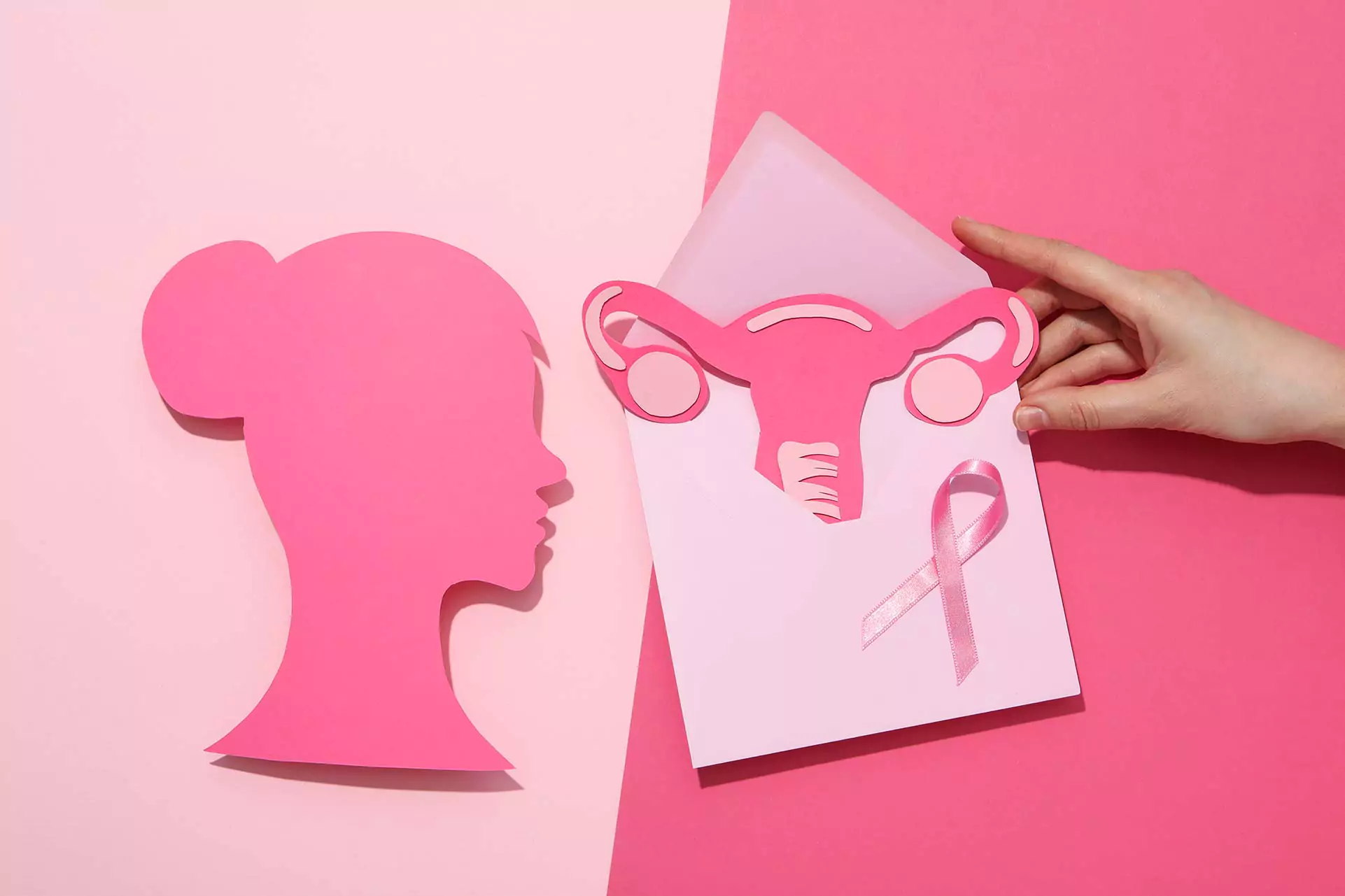For a Strong and Liberating Sexual Experience: Sexual Function Health in Women
To define sexual dysfunction, which affects the quality of life for women, it is necessary to first define sexual health. Sexual health is a multifaceted condition that includes the concept of sex, encompassing various aspects such as one’s appearance, tone of voice, body language, sexual identity, and societal norms.
According to the World Health Organization, sexual health is a state of well-being in which there is no disease or dysfunction in mental, physical, and social aspects of sexuality. Sexual dysfunction, which does not have a universal definition, can be described by Masters and Johnson as any disorder that can lead to inadequacy in achieving sexual arousal and/or satisfaction (orgasm) during the sexual cycle, becoming chronic. This includes situations where bleeding, pain, discomfort, aversion, nausea, vomiting, avoidance, or escape occur during sexual activity.
According to the psychiatric classification system DSM-IV, sexual function disorders are defined as the presence of conditions such as pain, discomfort, or aversion that are not part of the sexual cycle and disrupt the sexual cycle. Before making a diagnosis and proceeding with treatment, it is essential to consider the individual’s knowledge about sexuality, their expectations, socio-cultural background, religious beliefs, and societal norms that may affect their sexual performance.
Diagnosis of Sexual Dysfunction
In DSM-V, female sexual dysfunction is categorized under three main headings with subtypes, while other sexual dysfunctions are examined under two main headings without differentiation between men and women.
Female Sexual Dysfunction:
- Female Sexual Interest/Arousal Disorder
- Female Orgasmic Disorder
- Genito-Pelvic Pain/Penetration Disorder
Other Sexual Dysfunctions:
- Sexual dysfunctions related to substance and medication use
- Other specified/unspecified sexual dysfunctions

- Op.Dr.Merve Olgun
- Obstetrics and Gynecology Specialist
According to DSM-V, cognitive-behavioral therapy has been developed by adding various different procedures to address low sexual desire. This approach focuses on changing dysfunctional attitudes and thoughts related to sexual behaviors and identifying factors that distract a woman’s attention and increase her anxiety during sexual arousal, then eliminating those factors. Exercises range from those that focus on controlling the body without sexual stimuli to gradual transitions to visual, written, and auditory sexual stimuli, allowing women to explore, improve, and enhance their sexuality.
It’s important to remember that the approach may vary depending on the individual’s complaint and its cause. For more detailed information on this matter, it is necessary to consult with your doctor.









